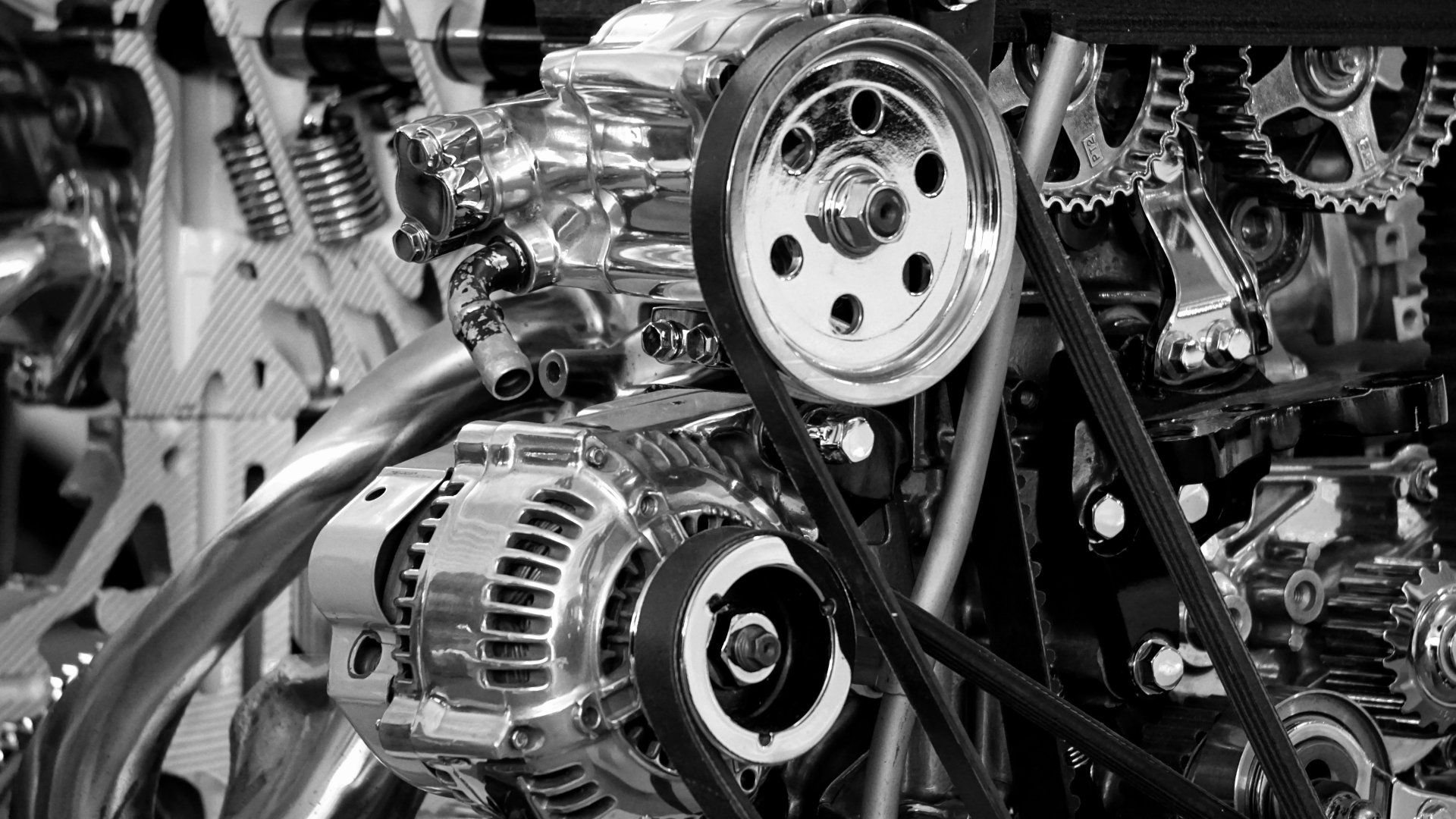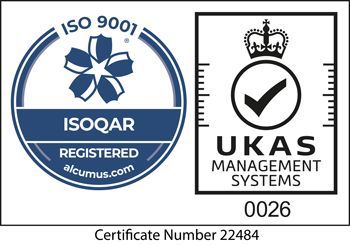Engine Oil Analysis
Explore the multitude of reasons for opting for engine oil analysis. Employing an oil analysis laboratory mirrors a blood test for the sampled engine, uncovering running issues, monitoring wear on components, and verifying that the oil delivers the essential lubrication and heat transfer properties.
Our specialised engine oil analysis service is designed to provide comprehensive insights.
To utilise FA-ST's engine oil analysis services, simply acquire one of our convenient PRE-PAID engine oil sampling & analysis kits. This comprehensive kit includes all necessary tools for sample extraction. If you're using dipstick piping, a vacuum sample pump or a single-use sampling syringe may be required additionally.
Send the collected samples to our independent ISO accredited lab. Following analysis, expect a detailed PDF report within 2-3 days of sample receipt. The report encompasses insights into wear, contamination, chemical composition, and includes comments from our skilled laboratory technicians along with recommended actions if necessary.
Having your Engine Oils tested can help to detect:
Detecting wear debris in engine oil samples play a crucial role in preemptively identifying potential component issues, averting critical failures. Engine oil analysis, when implemented correctly, provides users with a detailed trend line of the engine's history. This facilitates the easy identification of increased wear levels, as a sharp rise between sampling points can indicate impending failures. Additionally, element analysis conducted on engine oil samples can unveil the root cause of any issues. Specific tests are performed when assessing wear levels in engine oil samples:
- Elemental analysis - Evaluates the presence of metal particles in the oil, measuring particles up to 10-15 microns in size.
- Ferrous wear index - Offers insights into the quality of magnetic debris particles in the oil, regardless of their size.
Contaminants in oils pose a significant concern, especially given the challenging conditions under which engine oils must operate to ensure necessary lubricity and protection. Monitoring the levels of potential harmful contaminants is imperative. Our engine oil contamination testing suite encompasses the following key aspects:
- Elemental analysis for contaminants - Identifies elements that may have entered the engine oil, such as boron, silicon, and sodium, which can contribute to increased wear on components.
- Lubricity impact assessment - Addresses potential issues arising from the entry of water or fuel into the engine. Such intrusion can impact oil viscosity, significantly diminishing the lubricity properties of the oil.
- Running problem detection - Examines the combustion process, particularly in cases where fuel is not burning correctly. This can lead to the formation of soot deposits, potentially causing an imbalance in the fuel-to-air ratio within the combustion chamber.
The chemical composition of oil plays a pivotal role in the functionality of any equipment, given the diverse applications that demand oils to deliver heat transfer, lubrication, and protection. With a myriad of available blends, ensuring the correct oil is used in your engines is crucial. Our laboratory conducts comprehensive tests on engine oil chemical makeup, focusing on the following key aspects:
- Elemental analysis for additive package - Determines the level of additives have been depleted overtime.
- Oil viscosity - Ensure that the oil maintains the necessary viscosity to provide lubrication and heat transfer properties, delivering the required protection to components.
- Oil oxidation - Monitors the potential oxidation of engine oil throughout its lifespan, as oxidation can lead to an increase in viscosity and a decrease in lubricity.
- Oil sulfation - Evaluates sulfation levels to identify the formation of corrosive acids, serving as an indicator of low engine running temperatures.
- Oil nitration - Indicates increased blow-by occurrences. While issues like top-end wear may manifest before nitration becomes a major concern, monitoring nitration levels provides insight into the thermal breakdown of the oil.
Secure on line payments can be made by Credit/Debit Card via SAGEPAY or PayPal
Orders and payments can also be made by telephoning our office on
+44 (0) 1246268900
Tel: +44 (0)1246268900 Email: webshop@fa-st.co.uk
Works, Office, Warehouse & Postal Address
FA-ST Filtration Analysis Services Technology Ltd,
Unit 4 Foxwood Road
Dunston Trading Estate
Chesterfield
Derbyshire
S41 9RF
United Kingdom
Main Office: +44 (0) 1246 268900
Enquiries: webshop@fa-st.co.uk
Company Registered No: 05525184
VAT Registered No: GB843062838
Copyright © 2024 FA-ST Filtration Analysis Service Technology Ltd all rights reserved










